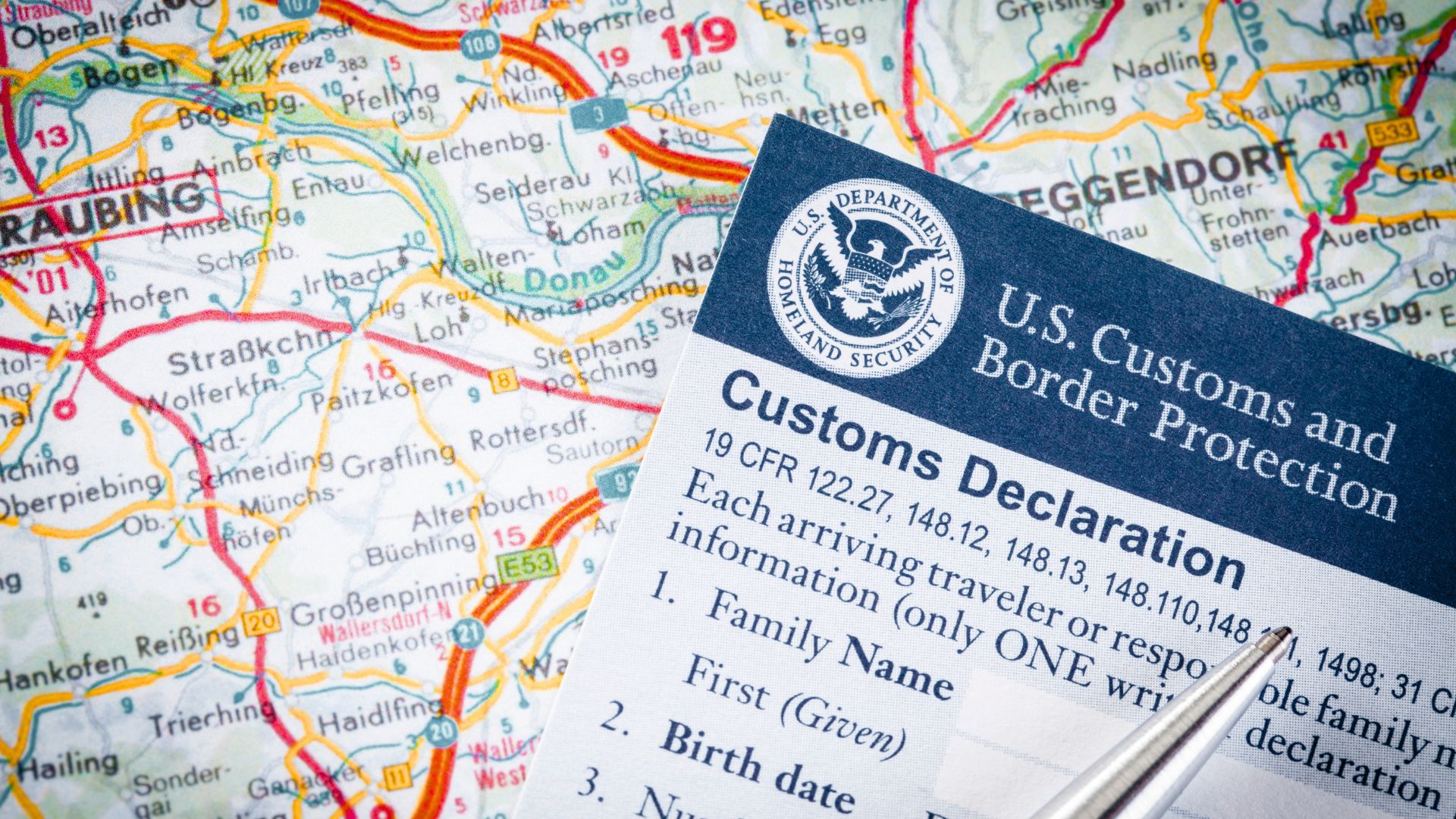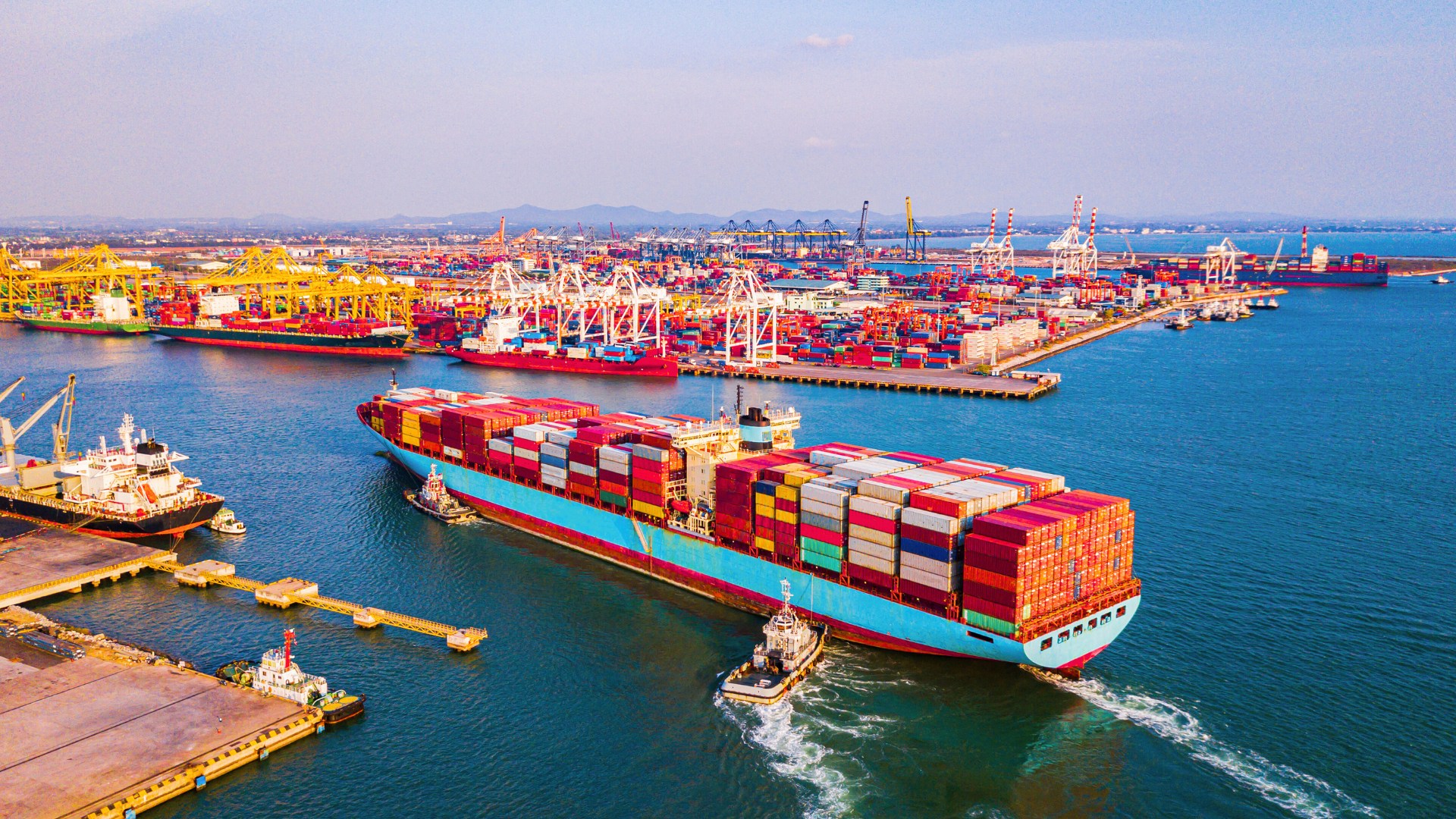Clear, precise communication is one best practice of successful overseas manufacturing. Miscommunication is the monkey wrench. Clearly describing your product specifications can be a challenge in and of itself but that’s only half the battle. The challenge on the other end is the accurate comprehending and understanding of those specifications. For overseas manufacturing to be successful, the maker must be able to purchase the correct materials, create the proper jigs, and shape the right molds. Furthermore, they must create and utilize the correct manufacturing processes and proceed with an accurate understanding of what the final product should be. Factory personnel must thoroughly understand the specifications for these things to happen.
The Specifications
Miscommunication and misunderstanding cause manufacturing mistakes to happen when manufacturing domestically. These mistakes happen between people who were raised in the same culture and country and speaking the same language. Imagine how much higher the chances for miscommunication there are in a typical overseas manufacturing project. Different culture, different language, a different part of the world, with different priorities, and different view of life make overseas manufacturing more of a challenge than most people realize.
The English Language
People speak English literally the world over and say it’s one of the most difficult languages to master. Recent figures indicate 73% of the Chinese people in mainland China “speak English”. That sounds like quite a lot but there are many levels of being able to “speak English” or any second language. There is no breakdown of the number of that 73% who can understand the nuances of the spoken and written English word and definitely no statistics of the number of factory workers who speak English at a level we need.
Often overlooked, miscommunication is one of the most common reasons overseas manufacturing can be a challenge. Many companies wanting to manufacture their goods overseas get into trouble not realizing the challenges that factories have in not understanding them. For example, business owners or buyers can sit down or communicate via email and have a relatively fluid conversation with someone in China. However, to their surprise, they later discover that the same person they talked to is actually unable to thoroughly understand product specifications. Which consequently means they don’t understand testing criteria, inspection criteria, and thenfunctional specifications of your product.
Consider Help from an Experienced Manufacturing Liaison
So what’s the solution to effective communication in overseas manufacturing? ITI Manufacturing. ITI has been representing American companies in Asia for over 40 years. We know that communicating effectively and thoroughly is one of the cornerstones of successful overseas manufacturing.
We hear the following phrases repeated over and over, “I can’t get this small change done right. I finally just gave up.” Or, “I’m on my fifth sample.” Or, “The sample looked good but the production run wasn’t even close.”
Why do so many US companies express frustration with overseas manufacturing? It’s because offshore factories don’t have a clear and precise understanding of what companies are requesting.
Although factories can define and measure international material standards, units of measure (two to choose from), and material specifications and testing criteria, everything isn’t that simple. Effective overseas manufacturing demands clear communication to describe exactly how to apply these standards.
Get Connected & Start Communicating Effectively
Clear, concise communication is one of the reasons companies prefer to work through ITI when considering overseas manufacturing. Our staff consists of native-born Americans as well as native Chinese speakers at our headquarters in Texas. The level of understanding and communication internally is at a very high level. So much so that literally nothing gets “lost in translation”. Our full-time China staff also has a number of individuals who “speak English” – some extremely well. But they don’t have to. They communicate face to face with factory personnel in their native language – Chinese.
Let ITI help your overseas manufacturing project be a success by managing your communications, production, testing, and inspection.





